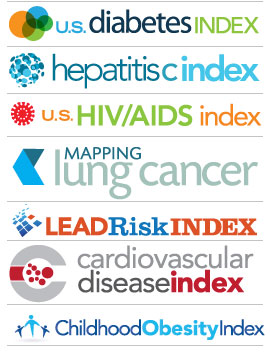Steps Toward the Meaningful Translation of Prevention Strategies for Type 2 Diabetes
Diabetes News Wednesday, March 28th, 2012Care.diabetesjournals.org: William T. Cefalu, MD, March 23, 2012.
As a scientific and medical community, we are clearly in a position to take the next logical steps toward the ultimate goal to reduce progression to type 2 diabetes for our populations at risk. One can argue that we no longer need to debate on the incredible increase in obesity and in new cases of type 2 diabetes occurring worldwide. According to the Centers for Disease Control and Prevention, 35% of U.S. adults aged 20 years or older may have prediabetes. When this statistic is applied to the entire U.S. population in 2010, it would suggest that prediabetic states exist in an estimated 79 million Americans aged 20 years or older (1). In addition, it is well recognized that because of both the associated comorbidities and complications and the costs associated with the care of the disease, diabetes will continue to represent one of the major health issues that we will face in the twenty-first century. Furthermore, there is no argument that the major factors contributing to the development of diabetes consist of lifestyle habits (i.e., physical inactivity and dietary intake) and obesity. Read More

